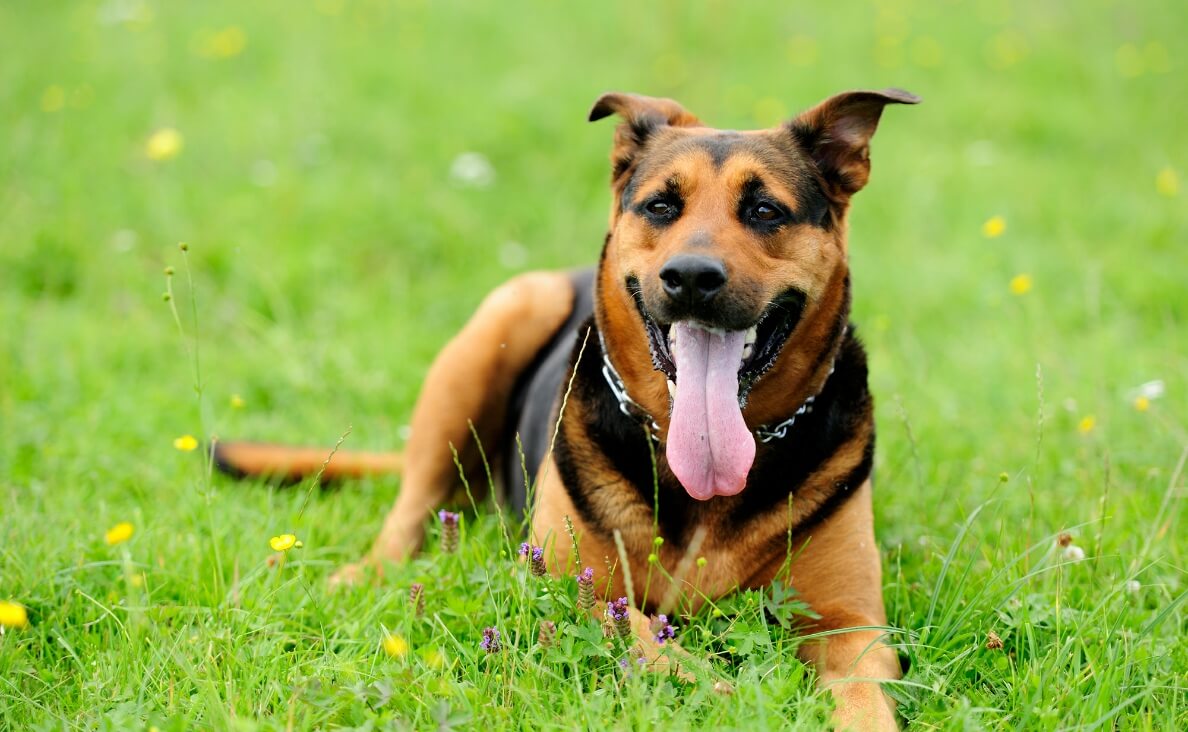
If you’ve ever seen your dog panting in the summer, you know it’s because he or she is trying to cool down. Or, if you have a breed such as a pug or bulldog, you’ve most likely seen your dog pant frequently. The heavy breathing is normal, due to their short snouts. However, there may be other more serious causes for panting of which every dog parent should be aware.
In this blog post, we will delve into the various reasons behind why dogs pant, shedding light on this mysterious yet essential part of their lives.
-
Regulating Body Temperature
One of the primary reasons why dogs pant is to regulate their body temperature. Unlike humans who sweat, dogs have a limited number of sweat glands, mainly located in their paws. These glands are not sufficient for them to cool down effectively, especially in warm weather or during physical exertion.
Panting allows dogs to cool off by rapidly exchanging warm air from their bodies with cooler external air. As a dog pants, moisture evaporates from their tongue and respiratory system, facilitating heat loss. The increased airflow helps dissipate excess body heat, preventing them from overheating and potentially suffering from heatstroke.
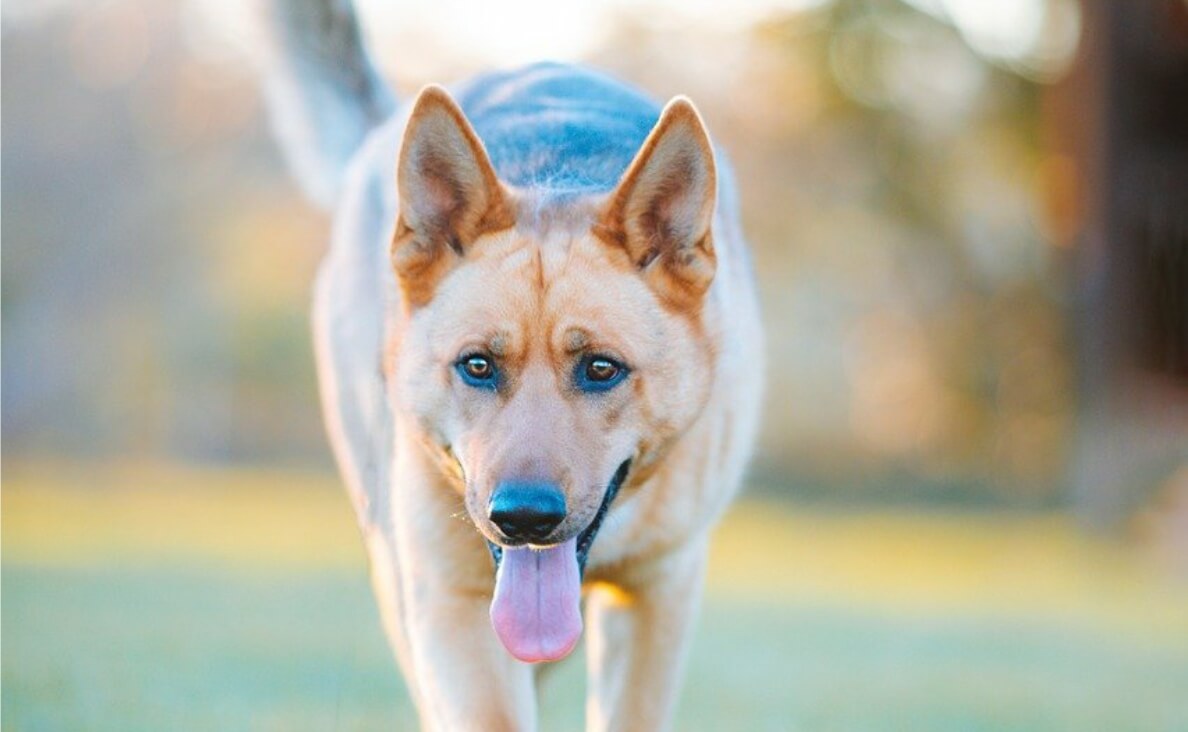
-
Exercise and Physical Exertion
Dogs are known for their boundless energy and enthusiasm for exercise. When dogs engage in physical activities, such as running, playing fetch, or vigorous walks, their bodies naturally heat up. Panting during exercise helps dogs regulate their body temperature, ensuring that they don’t overheat.
Additionally, dogs pant to recover from the exertion of physical activity. Panting helps them take in more oxygen, enabling their muscles to recover from the workout by replenishing energy stores and removing waste products such as carbon dioxide.
-
Stress and Anxiety
Similar to humans, dogs also pant as a response to stress and anxiety. Stressful situations, such as thunderstorms, fireworks, unfamiliar environments, or vet visits, can trigger panting in dogs. Panting in these cases is often accompanied by other signs of anxiety, such as restlessness, trembling, and pacing.
When dogs are stressed or anxious, their bodies release stress hormones, which can lead to increased respiration and panting. Panting serves as a coping mechanism, helping dogs manage their emotional and physiological responses to stressful situations.
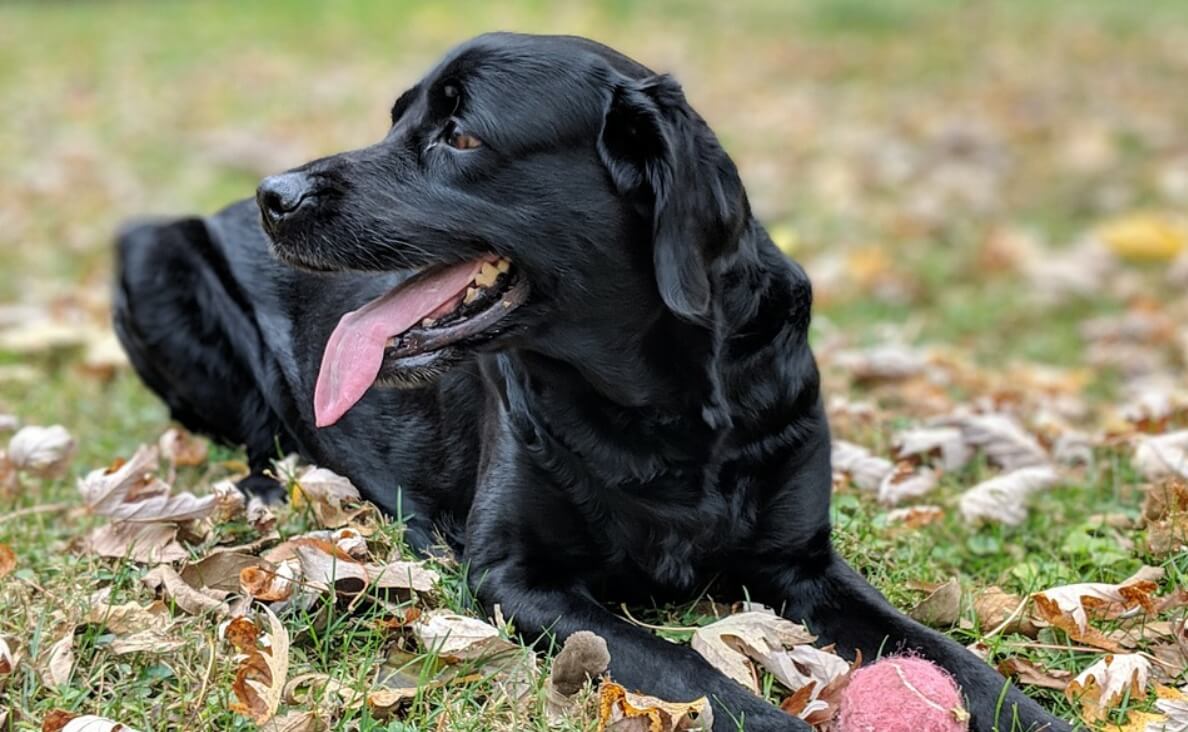
-
Pain and Discomfort
Panting can also be an indication that a dog is experiencing pain or discomfort. Dogs may pant when they are in pain due to injuries, underlying medical conditions, or post-surgical recovery.
Panting in these situations may be accompanied by other signs like whining, restlessness, decreased appetite, and changes in behavior.
If you notice excessive panting in your dog, especially when it is out of the ordinary for them, it’s crucial to consult a veterinarian. They can assess your dog’s overall health and provide appropriate treatment or recommendations to alleviate any pain or discomfort.
-
Breeds and Individual Differences
It’s essential to recognize that panting behavior can vary among different dog breeds and individuals. Some dog breeds, such as bulldogs and pugs, are brachycephalic, characterized by their short snouts and compromised airways. These breeds may exhibit more pronounced panting due to their anatomy, making it a less effective cooling mechanism.
Additionally, individual dogs may have unique panting patterns. Factors such as age, weight, overall health, and exercise tolerance can influence a dog’s panting behavior. Some dogs may naturally pant more than others, even in normal conditions. Understanding your dog’s breed characteristics and individual traits can help you differentiate between normal and abnormal panting.
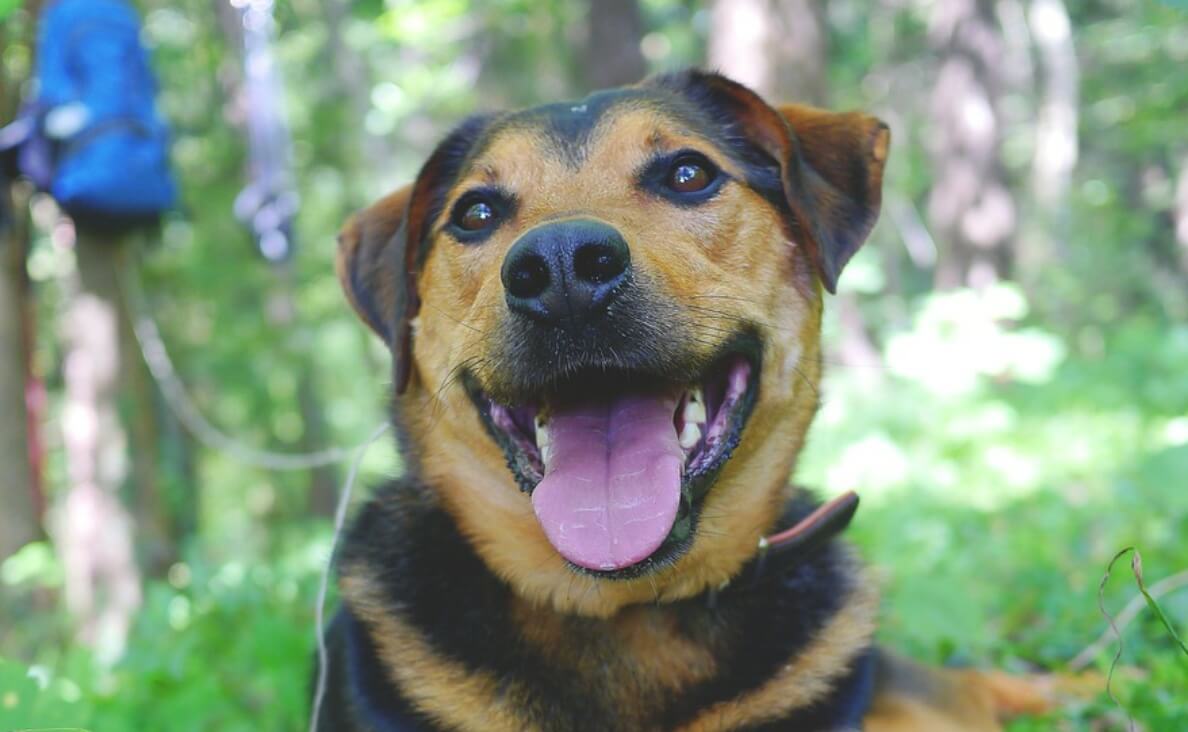
Conclusion
Panting is a normal and necessary behavior for dogs. It serves multiple purposes, including regulating body temperature, recovering from physical exertion, managing stress and anxiety, and indicating pain or discomfort. By understanding why dogs pant and the various factors that contribute to this behavior, we can better care for our furry companions and ensure their well-being.
If you notice excessive panting in your dog, particularly when it seems out of the ordinary or is accompanied by other concerning symptoms, it’s crucial to consult with a veterinarian. They can assess your dog’s overall health and provide appropriate guidance and treatment if necessary.
Remember, every dog is unique, and while panting is a common behavior, it’s essential to pay attention to your individual dog’s patterns and needs. By being observant and responsive to your dog’s behavior, you can provide them with the care and attention they require to live a happy and healthy life.
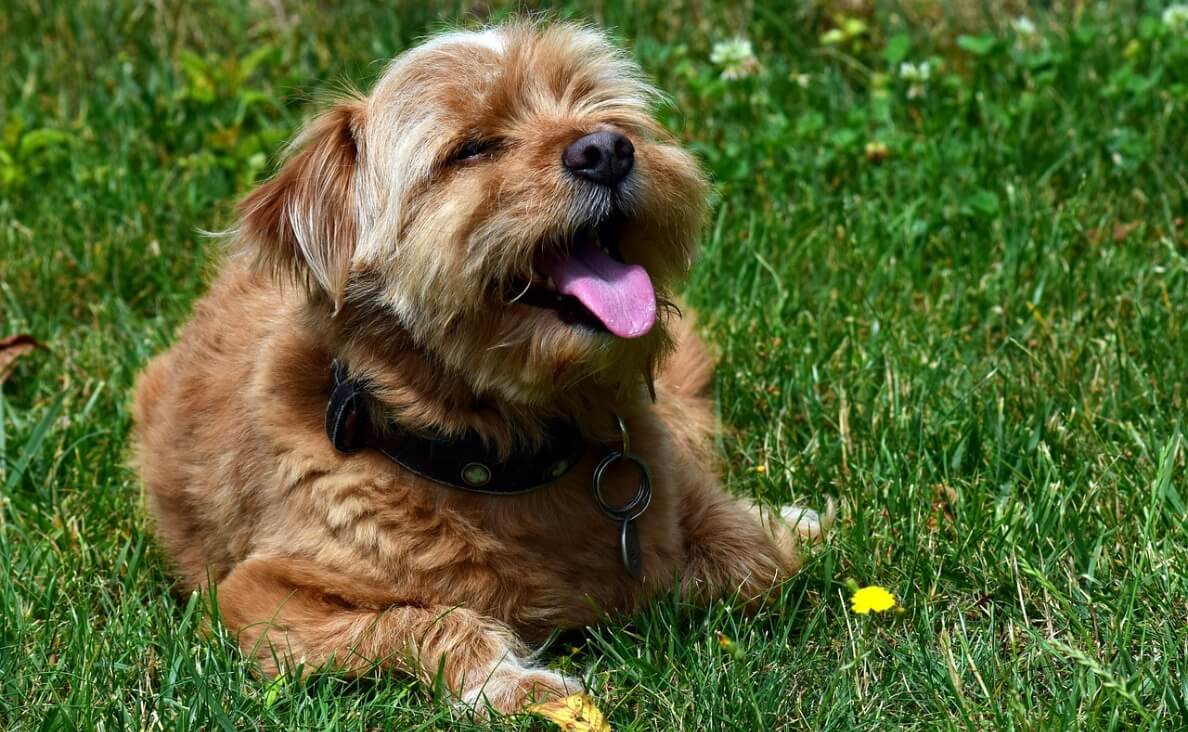
In conclusion, panting is a natural and instinctive behavior that allows dogs to regulate their body temperature, recover from exercise, cope with stress, and indicate pain or discomfort. Understanding the reasons behind why dogs pant helps us appreciate their incredible adaptability and enables us to be better caregivers to our beloved four-legged friends. So the next time you see your dog panting, you’ll have a deeper understanding of the many factors at play behind this fascinating canine behavior.
While panting is normal for a dog after exercise, excitement, or when it’s hot, call your veterinarian immediately if any of the following applies:
- Your dog’s panting starts suddenly or inexplicably
- You think your dog might be in pain
- The panting is consistent and intense
- Your dog’s tongue or gums appear blue, purple, or white – a sign your dog isn’t getting enough oxygen

 Why Does My Dog Follow Me Everywhere?
Why Does My Dog Follow Me Everywhere? What You Need to Know About Pain Medication for Dogs
What You Need to Know About Pain Medication for Dogs How Long Can You Leave Your Dog Alone?
How Long Can You Leave Your Dog Alone? 10 Ways to Keep Your Dog Safe During the Fourth of July
10 Ways to Keep Your Dog Safe During the Fourth of July Does Your Dog Have Back to School Separation Anxiety?
Does Your Dog Have Back to School Separation Anxiety?






Leave a Reply